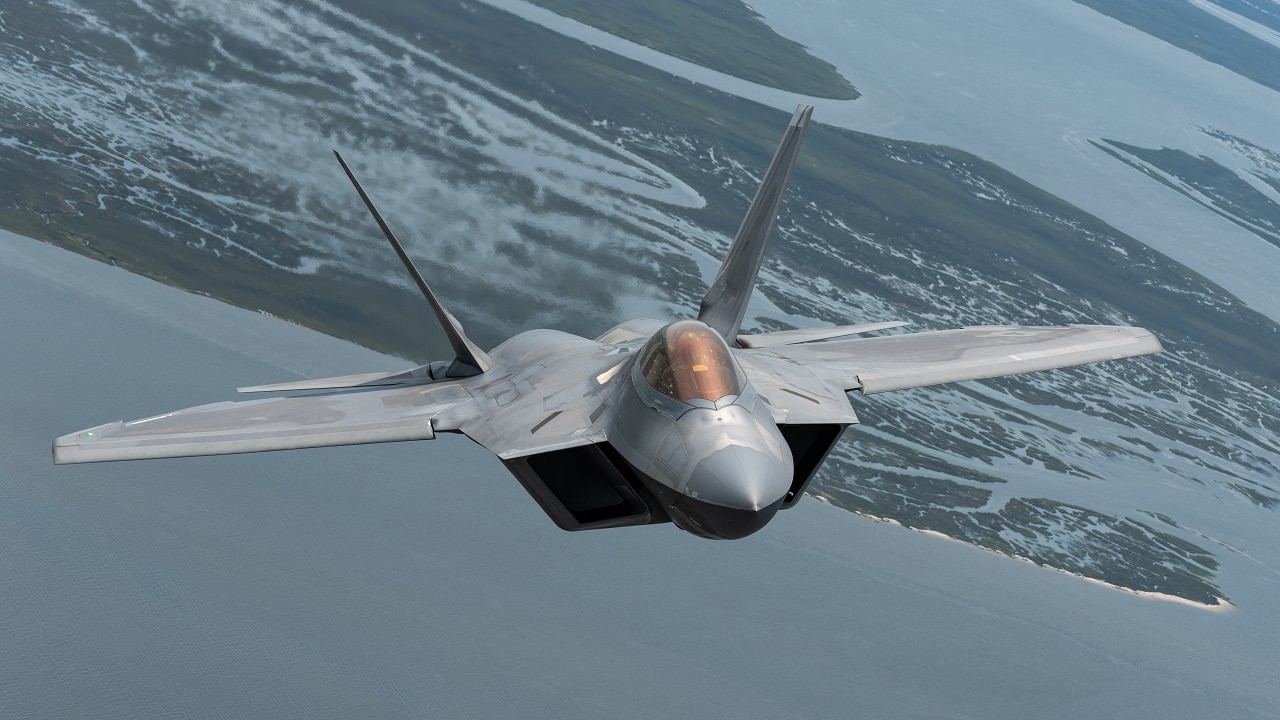The future F-47 fighter Boeing is designing for the U.S. Air Force is expected to be a technological marvel. If it functions as advertised, the F-47 will guarantee the U.S. service remains the most advanced and powerful air force on the planet. It will in fact be the world’s deadliest warplane.
But there are potential drawbacks. Indeed, the aircraft could very well make the Air Force one of the weakest air services in the world when it comes to coalition warfare. The Air Force’s emphasis on cooperation, and its ability to carry out missions in conjunction with other nations, has proven to be more deadly than any one aircraft—or any single weapons platform.
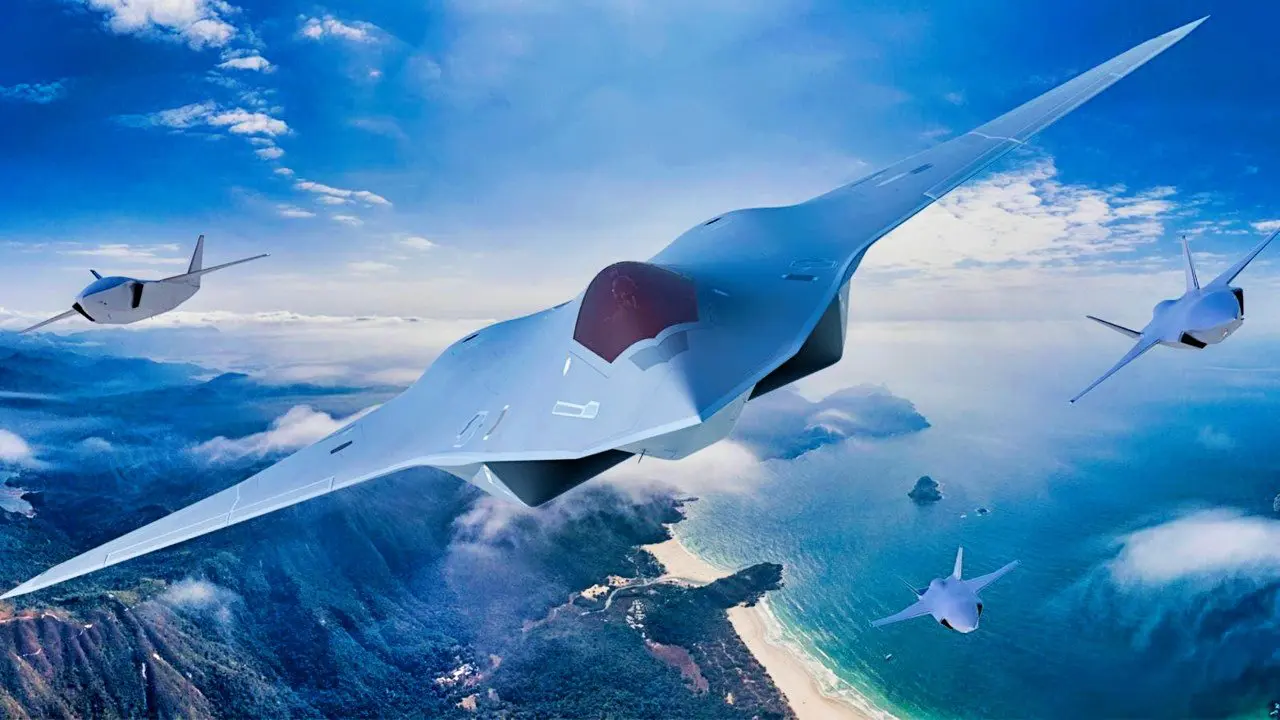
NGAD fighter from U.S. Air Force.
But the F-47 may bring an end to this…
There are a hundred or more stories about why so few F-22 Raptors were built, and it is beyond argument that having more of them would have come in quite handy. If you spend enough time in the Pentagon, and speak to enough defense-industry personnel, you will hear plenty of theories as to why the F-22 shortfall occurred.
One of the reasons given is that having the F-22 in production simultaneously with the F-35 was unfortunate timing. Even though the F-22 was built at the Lockheed Martin plant in Marietta, Georgia, and the F-35 is built a time zone away in Fort Worth, Texas, at Air Force Plant 4, the nature of U.S. Air Force planning and procurement procedures put the two programs in competition for the same pool of resources.
Robbing From Peter to Pay Paul
The F-22, said one retired U.S. industry official, “was definitely the USAF’s highest priority. They recognized the need for the F-35—specifically that you needed a single-engine, smaller replacement fighter for the F-16. Just as you needed the F-22 to replace the F-15 for all of the high-priority and high-risk missions.
“The conflict that this created was the senior Pentagon staff realized that the Air Force would do everything in their power to ‘rob’ the F-35 program wherever and whenever possible and use whatever additional budget they could get their hands on to build more F-22s.”
The U.S. Department of Defense could not afford to let this happen—not when there are so many allied and partner nations involved in the F-35 program. But will the commitment to maintaining that worldwide coalition now survive the F-47, which is destined to consume a fairly robust chunk of the Air Force’s total budget? This is a big question mark.
Another open question is what will happen to the F-35 and its prime contractor, Lockheed Martin. Aviation Week columnist Rochard Aboulafia wrote this week that the F-47 means “diminished fortunes” for both.
“We will learn more when the fiscal 2026 budget is unveiled in a few months, but given the Pentagon’s mandate for each service to find 8% cuts, with cash diverted to the Golden Dome missile defense plan, nuclear weapons, new technology programs built by new contractors and other priorities, the F-35 is one of the few possible Air Force, Marine and Navy bill-payers for the new [F-47 and F/A-XX] jets,” Aboulafia wrote. “Besides, President Donald Trump’s close assistant, Elon Musk, frequently disparages the F-35 as a dinosaur.”
International Cooperation and F-47
The F-35, for all of its detractors, has been an important player in the U.S. armed forces’ policy of strategic global engagement. The conventional, land-based A version of the aircraft is built in far larger numbers than the vertical and/or short take-off and landing (VSTOL) B and the carrier-capable C variants.
But those latter models are why the aircraft was touted as the “tip of the spear” for U.S. forces abroad. Not only could they position abroad on short notice, but their capabilities also allowed the U.S. to work in concert with other friendly nations.
Air forces of nations that have close relations with the U.S.—nations like Singapore and Japan—bought F-35B VSTOL variants in order to be able to move quickly into the battle zone and be interoperable with the U.S. when the situation calls for it.
There are some 20 international customers for the aircraft now, and most of these nations have some role in the program as industry partners. This has allowed the U.S. to benefit from all the technological capabilities of these same partner nations, as well.
However, it is likely that the F-47 will be a “U.S. only” program. Some nations would not be able to afford to buy it.
As Aboulafia concludes, “The F-47 and F/A-XX may reflect an intention to make the U.S. an isolationist power. If history tells us anything, it is that ‘great powers’ without friends and allies do not stay great for long.”
F-22: What the F-47 Will Replace (A Photo Essay)
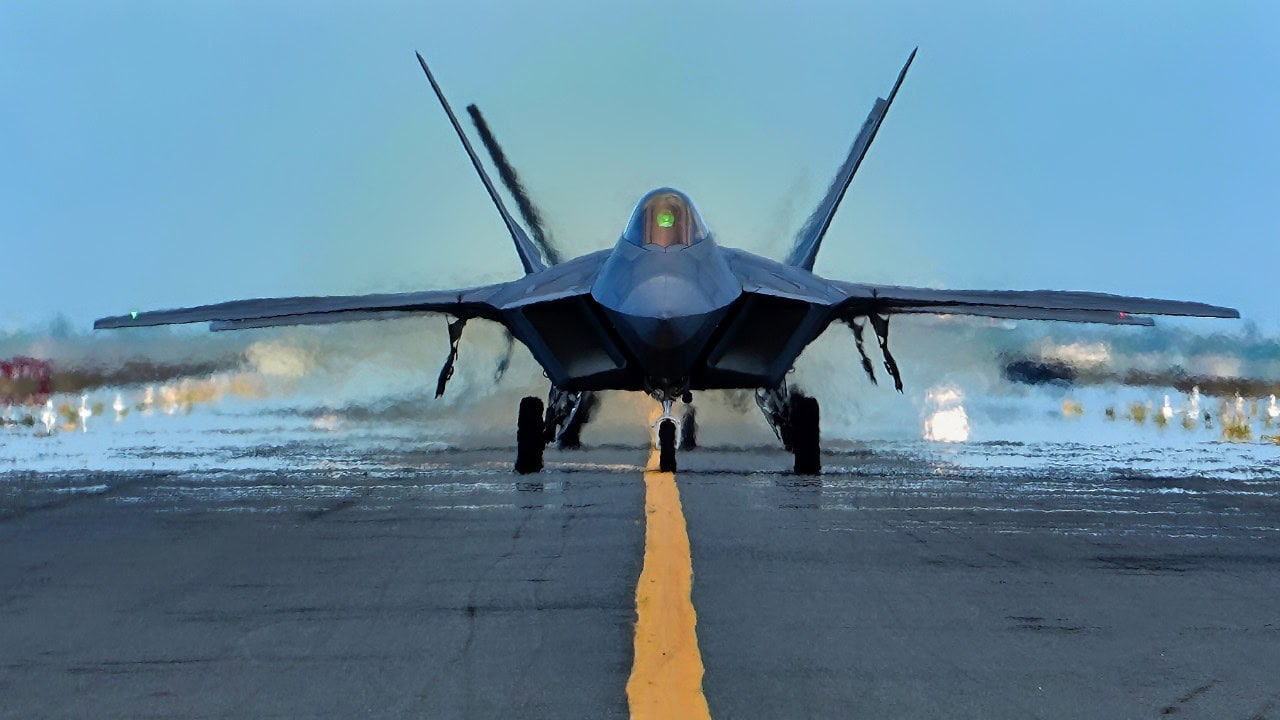
A U.S. Air Force F-22 Raptor taxis on the runway during a routine training schedule April 21, 2020, at Honolulu International Airport, Hawaii. Given the low traffic at the airport due to COVID-19 mitigation efforts, the active-duty 15th Wing and the Hawaii Air National Guard’s 154th Wing seized an opportunity to document the operation which showcases readiness and their unique Total Force Integration construct. The units of Team Hickam work together seamlessly to deliver combat airpower, tanker fuel, and humanitarian support and disaster relief across the Indo-Pacific. (U.S. Air Force photo by Airman 1st Class Erin Baxter)
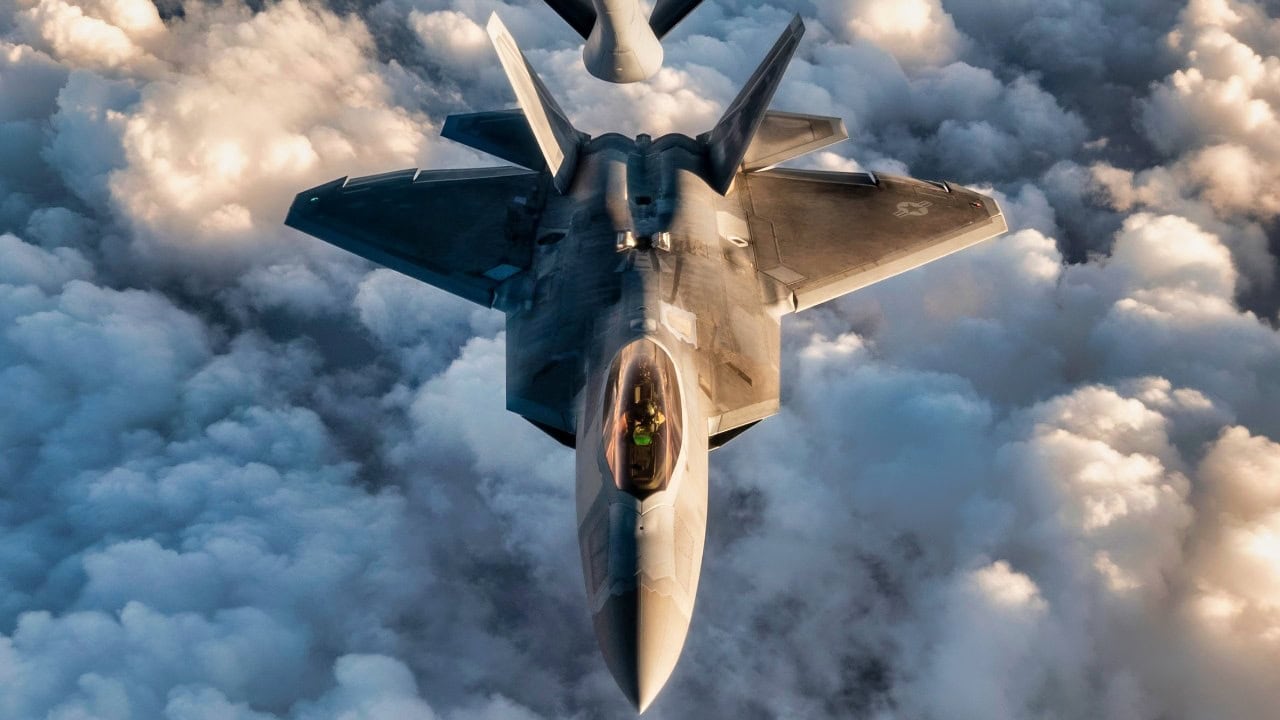
A U.S. Air Force F-22 Raptor departs after being refueled by a KC-135 Stratotanker over the U.S. Central Command area of responsibility November 5, 2024. Raptors provide air dominance and conduct missions delivering airpower within the region. (U.S. Air Force photo)
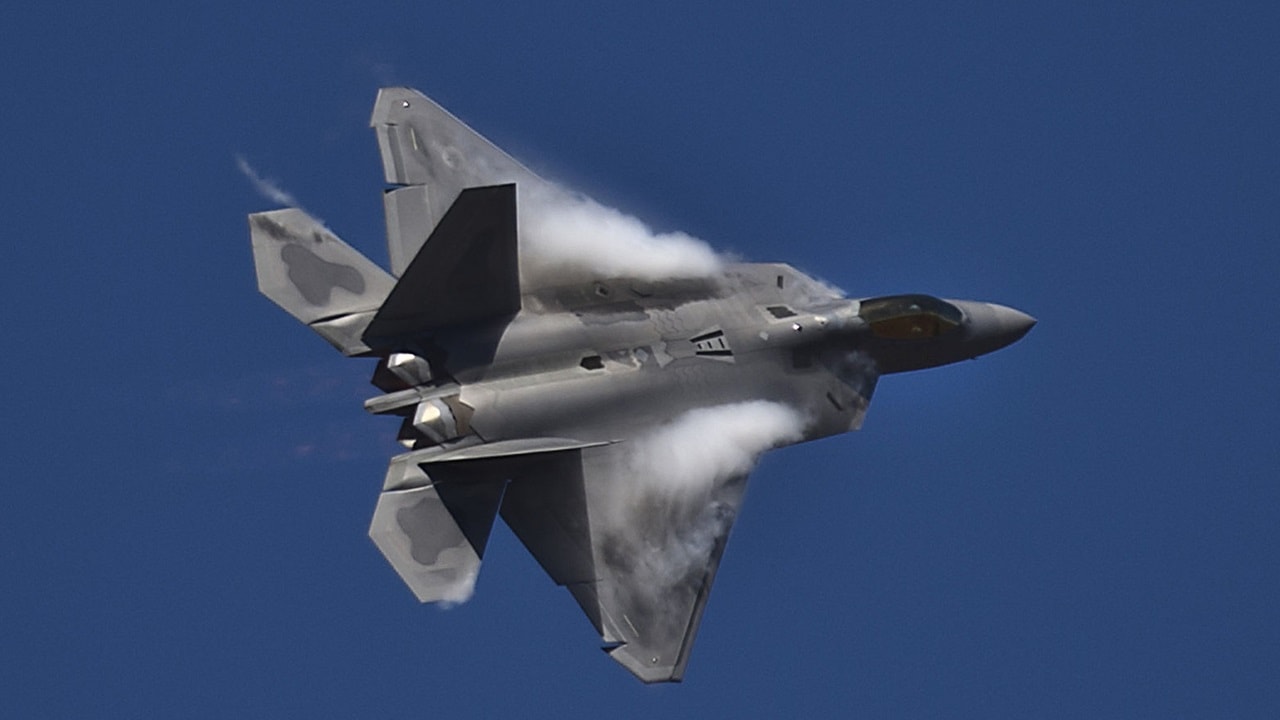
A U.S. Air Force F-22 Raptor from 94th Fighter Squadron Langley Air Force Base, Va., takes off to perform an aerial demonstration for an estimated 180,000 spectators at the Australian International Airshow, March 2, 2013 at Avalon Airport in Geelong, Australia. The F-22 demo team are currently deployed to the 18th Fighter Wing, Kadena Air Base, Japan to support pacific theater operations. This is the first official demonstration of the F-22 Raptors capabilities at an airshow outside the United States. The Australian International Airshow 2013 (AIA13), is held biennially, and is one of the largest international trade shows in the Pacific. The Airshow is expected to draw 350,000 visitors and has featured 500 defense exhibitors from 35 countries and is designed to bolster business opportunities in the international aviation sector. U.S. Pacific Command (USPACOM) participation in AIA13 directly supports theater engagement goals and objectives and further enhances relationships with other Pacific nations. (Department of Defense photo by U.S. Air Force Tech. Sgt. Michael R. Holzworth/Released)

An F-22 Raptor flies over Alaska terrain after refueling Jan. 5, 2013. The F-22 is assigned to the 3rd Wing and flown by a Reserve pilot assigned to the 302nd Fighter Squadron at Elmendorf Air Force Base, Alaska. (U.S. Air Force Reserve photo/Tech. Sgt. Dana Rosso)
About the Author: Reuben F. Johnson
Reuben F. Johnson is a survivor of the February 2022 Russian invasion of Ukraine and is an Expert on Foreign Military Affairs with the Fundacja im. Kazimierza Pułaskiego in Warsaw. He has been a consultant to the Pentagon, several NATO governments and the Australian government in the fields of defense technology and weapon systems design. Over the past 30 years he has resided in and reported from Russia, Ukraine, Poland, Brazil, the People’s Republic of China and Australia.

